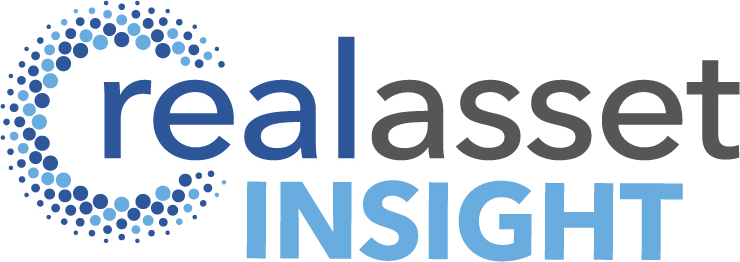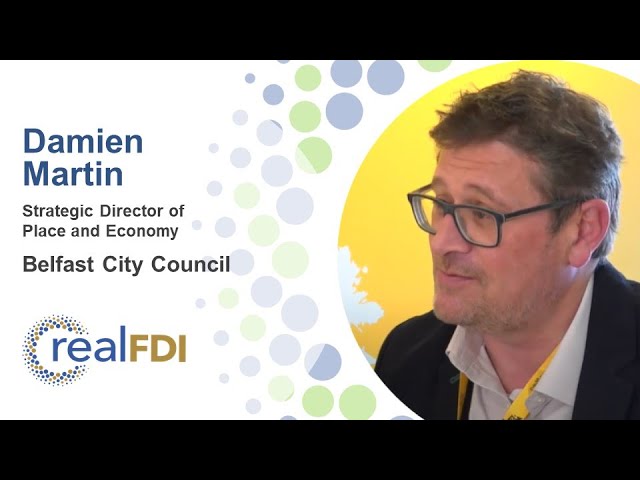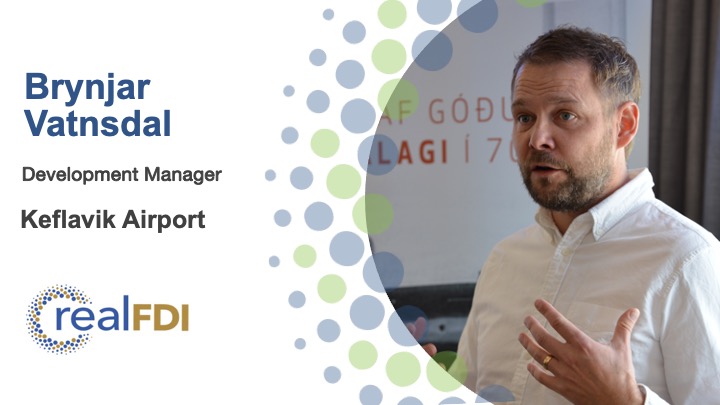‘A big pool of dry powder will sustain investment activity’
David R Hodes, Managing Partner, Hodes Weill
Allocations to real estate continue to rise and there is ‘a big pool of dry powder for the market which is likely to sustain investment activity for the foreseeable future’, David H Hodes, managing partner, Hodes Weill, told Real Estate Day.
‘The North American institutions, more US than Canada, who have been investing the longest have the most mature portfolios and I’d say in some cases are probably most skeptical about the opportunity to continue to achieve outsized returns from the asset class, so they are not in acceleration mode,’ he said.
On the other hand, ‘some of the newer entrants to the market, whether they’re from the Asia-Pacific region or from EMEA, are not necessarily targeting as high or opportunistic returns but they are maintaining their allocations and are fairly active,’ Hodes said.
For example, many people thought that the Middle East investors had stepped back, but that has not been the case. ‘A lot of the Gulf region investors were quite prolific last year, you just didn’t hear about it as much,’ he said. ‘But it is less about regional differences and more about when they started investing, how much they have invested and where their portfolios are today.’
Value-add investments seem to attract the most attention, Hodes said: ‘They are not as racy or risky as opportunistic, but there is a perception that core assets are very fully priced and other than for truly iconic trophies we don’t see a lot of investors still reaching for those types of investments.’
Investors now tend to hold on to their assets for longer, he said: ‘A lot of investors are acquiring assets that are not yet stable, whether they’re a value add or core plus it’s all in the eye of the beholder, but they are improving these assets, stabilizing them and then as opposed to the older cycle where they would then sell on and start over, they’re holding onto these investments today.’
The reason, he said, is that ‘re-investment risk is as big a challenge for them as new investment opportunities so they are trying to hang on to the assets they own a bit longer.’




